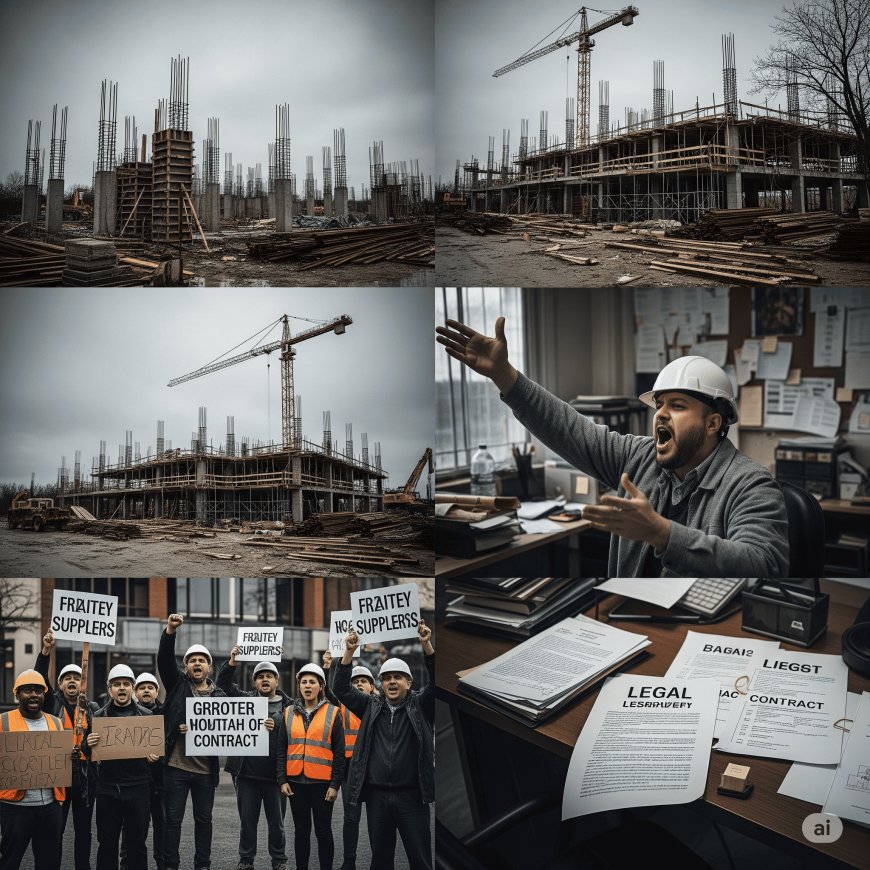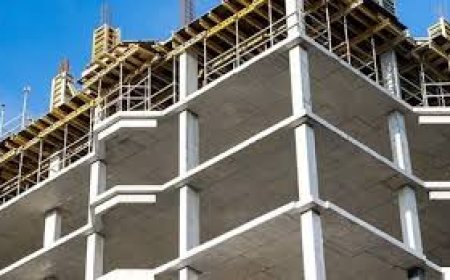The True Cost of Inaccurate Estimates in Construction
In construction, planning shapes the outcome. While designs, materials, and schedules get much attention, cost estimates hold the entire structure together before the first brick is laid. When estimates miss the mark, the impact spreads across time, money, and trust. This article explores the actual effects of inaccurate estimates in the building process and why accurate forecasting should never be overlooked.

The True Cost of Inaccurate Estimates in Construction
In construction, planning shapes the outcome. While designs, materials, and schedules get much attention, cost estimates hold the entire structure together before the first brick is laid. When estimates miss the mark, the impact spreads across time, money, and trust. This article explores the actual effects of inaccurate estimates in the building process and why accurate forecasting should never be overlooked.
Financial Losses
The most obvious problem with poor estimates is money lost. A mistake in predicting material prices, labor hours, or equipment use can lead to major gaps between planned costs and actual spending. According to a study by McKinsey, large construction projects often run 80 percent over budget. Most of these overruns can be traced back to early estimation errors. This highlights the importance of using a reliable construction estimating service to ensure accurate projections from the start.When budgets are not accurate, builders are often forced to either cut corners or request additional funds. Both options carry significant riskscutting corners can compromise the structural integrity of the project, while asking for more money can damage relationships with investors or clients and erode trust.
Project Delays
Poor estimates do not only affect the bank account. They also slow the project. When planning is based on the wrong numbers, the team might run out of money or materials halfway through the job. This leads to long pauses while issues are fixed.If a builder expects a task to take two weeks but it takes four, the entire timeline shifts. This causes a domino effect on other tasks that depend on it. In many cases, deadlines are tied to legal contracts. Missing them can result in fines or lawsuits.
Damaged Reputation
The image of a construction company matters. Once a builder becomes known for missing budgets or finishing late, new business becomes hard to secure. Word spreads fast in the industry, and even one bad project can stay in memory for years.
Clients need to feel confident when they sign contracts. A history of late or over-budget work creates doubt. This doubt affects not only future sales but also relationships with suppliers, subcontractors, and lenders.
Poor Decision Making
Accurate estimates do more than plan money and time. They guide choices during the project. If an estimate does not reflect actual conditions, it affects every decision that follows. Builders may order too much of one material and not enough of another. Equipment might arrive too early or too late.Poor estimates can even impact safety. If teams feel rushed due to lost time or budget, they may take risks that lead to accidents. Inaccurate planning often places unnecessary pressure on workers.
Legal and Contract Issues
Many construction projects are bound by strict contracts. These documents lay out what should be built, how long it should take, and how much it should cost. When estimates fail, these promises are broken.This can lead to legal action. Disputes over cost changes or delays often result in lawsuits or the need for arbitration. Legal processes take time, add expense, and distract from other jobs.
Impact on Cash Flow
Cash flow is the lifeline of a construction company. Projects often require up-front payments for supplies and labor before any income comes in. When costs go beyond what was planned, companies may not have enough money on hand. This is where accurate industrial estimating services become crucialthey help forecast expenses more precisely, reducing the risk of cash shortages.Without reliable estimates, companies may be forced to borrow, which adds debt, or delay progress, which disrupts the project schedule. A consistent pattern of poor cash flowoften stemming from inaccurate estimatescan threaten the survival of even large construction firms.
Loss of Resources
Bad estimates cause waste. Ordering too much concrete, steel, or lumber ties up money in unused supplies. Underestimating can mean paying extra for rush orders or dealing with missed deadlines.Waste does not only refer to materials. Time and talent also go to waste when teams wait around due to planning errors. Resources lost this way lower the performance of the entire team.
Pressure on Team Morale
Poor estimates make the workplace harder. Teams lose trust in the process when they feel they are set up for failure. They may face long hours trying to fix budget problems or meet impossible timelines.This stress leads to burnout, low motivation, and higher staff turnover. A site with high stress and confusion is also less safe. The result is lower output, higher costs, and a weaker end product.
The Role of Tools and Systems
One key way to avoid these problems is by using better methods. Estimation should not rely only on guesses or experience. Numbers should come from facts, past project data, and real-time market prices.Digital tools now help builders create clear, itemized estimates that match project needs. One such solution is ProEstimatrix, which supports detailed cost tracking and forecast adjustments. By bringing all parts of the process together in one system, it reduces planning gaps and helps teams stay on course from day one.
Conclusion
The cost of poor estimating is not just a higher bill at the end. It touches every part of the construction journey. Delays, legal trouble, wasted time, lost jobs, and damaged trust are all real outcomes.Builders who take time to plan well, use the right tools, and base numbers on facts protect more than just their budget. They protect their name, their crew, and their future. The earlier and more accurate the estimate, the smoother the path from plan to finished project.






































